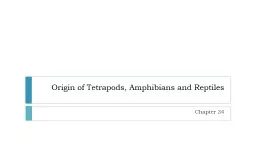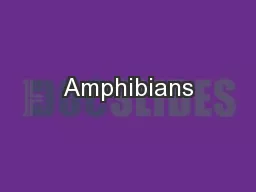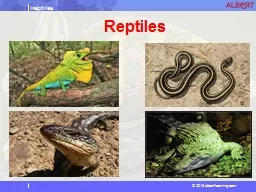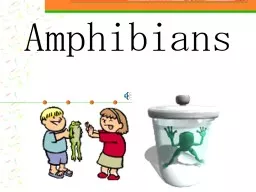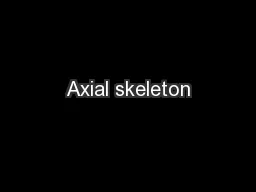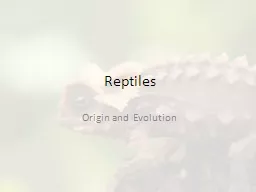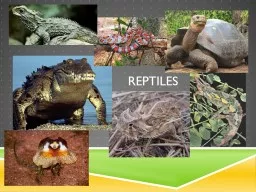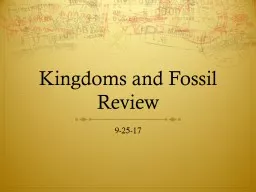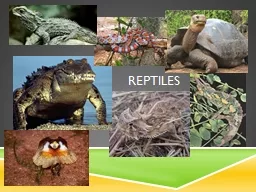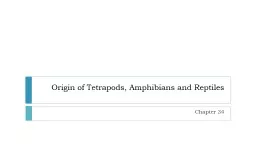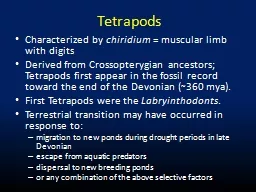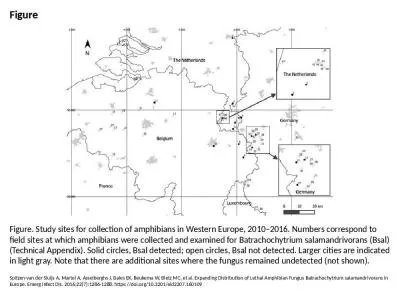PPT-Origin of Tetrapods, Amphibians and Reptiles
Author : olivia-moreira | Published Date : 2018-03-11
Chapter 34 Never grow a wishbone where your backbone ought to be Clementine Paddleford Origin of Tetrapods First tetrapods diverged 365 million years ago
Presentation Embed Code
Download Presentation
Download Presentation The PPT/PDF document "Origin of Tetrapods, Amphibians and Rept..." is the property of its rightful owner. Permission is granted to download and print the materials on this website for personal, non-commercial use only, and to display it on your personal computer provided you do not modify the materials and that you retain all copyright notices contained in the materials. By downloading content from our website, you accept the terms of this agreement.
Origin of Tetrapods, Amphibians and Reptiles: Transcript
Download Rules Of Document
"Origin of Tetrapods, Amphibians and Reptiles"The content belongs to its owner. You may download and print it for personal use, without modification, and keep all copyright notices. By downloading, you agree to these terms.
Related Documents

